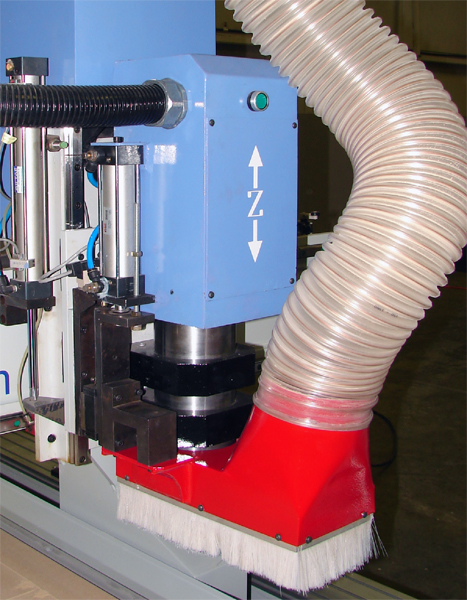Question
My company is a shop drawing firm, and I see a common mistake repeated by many millwork companies when it comes to outsourcing, which is waiting till the last minute.
The reason for this seems to be that folks wait until they absolutely are in a bind getting shops created so they suddenly start hunting for someone to fill the need. Its understandable, but its setting yourself up for difficulty. I don't think most folks realize the challenges associated with making good shop drawings for a client. We, and I am sure the other firms out there, really do try to make the best drawings for you as possible, but we are not mind readers.
The normal routine seems to be as follows;
1) Can you draw this job for us by such and such date, here are the drawings.
2) What, CAD standards? No we have no real standards. Sample drawings? Nope not really (or three cabinets and a die wall sent as a sample for a paneling job.)
3) Oh we use "standard" construction.
This is usually followed by the following;
1) Why in the world did you show it this way? We don't build it that way. What, you mean everyone doesn't build it that way?
2) Oh no, we always draw on these layers in this layout with this page setup, not what you sent us.
3) Oh well, we showed it that way in the sample but we don't do that now, or, Well yes we show it that way in that sample, but this sample clearly shows it this other way!
The point is that if you want good shop drawings you need to consider the information you are providing and the timeframe you expect folks to learn your style of manufacture. Many folks do not realize that what is common sense to them in drafting may be (and often is) completely different then what is common sense for someone else.
My advice to you is to take the following steps to act as insurance against running into a wall when trying to get shops from an outside party:
I just hate to see folks making the same mistakes. If you saw yourself in any of the above, don't take anything personally. Everything I listed has been done by at least a dozen clients in the last year, and untold numbers before that, I am just trying to let you see what you may not from your side of the fence.
Forum Responses
(CAD Forum)
From contributor A:
I agree Contributor C. To shops who outsource, and to those who say I'll never outsource consider that it may save you big time someday. I totally agree that the way to find out is as Contributor C stated: Set up one or two small jobs that aren't time critical and establish a relationship. Get the kinks worked out, that way the bigger job that is time critical will go faster with less issues/problems to resolve.
Shops spend a lot of time and energy developing business relationships with hardware vendors, lumber suppliers, etc. Why wouldn't you do the same with a drafting/design service? Those of us who provide this service are eager to help you make more money. Outsourcing drawings seems to be a dirty word to a lot of shops, and the reason is they've tried it and have been burned. More than likely cause there wasn't a preexisting relationship.
Good product is the best way to ensure we make a profit, and a good relationship is the best way I can provide that product. Perhaps we outsourcers should start speaking to each other more so we can do to improve on our end as well. I have seen a tremendous change just in my company in how we are doing business. I can't imagine all the interesting things going on with other folks right now.
